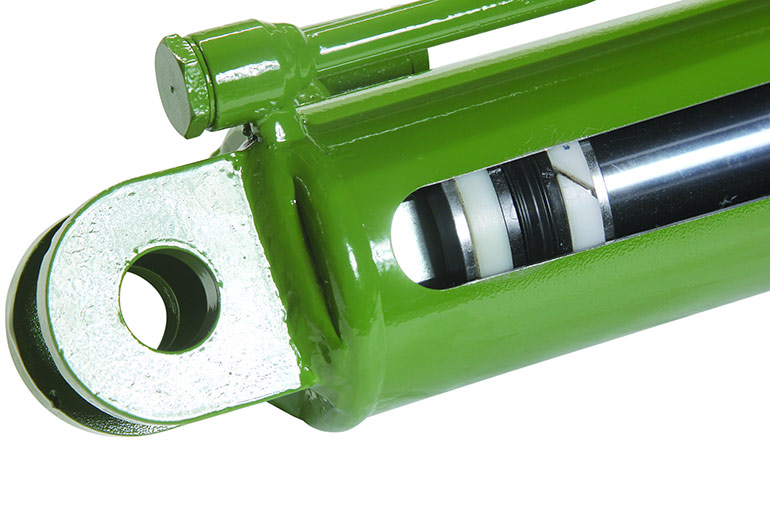By Josh Cosford, Contributing Editor
How long is a piece of string? So what? Did you think you’d get a straight answer on a subject like “what is the best cylinder piston seal?” There is no best piston seal, just like there is no best car (it’s the Mazda Miata, by the way). If you’re in the snow belt with five kids, your best car is a seven-passenger with all-wheel drive. If you’re retired in Phoenix, well, then your only option is a Miata.

Clearly, what works well in a material handling air cylinder will not provide the best solution for the hot strip mill. That little air cylinder kicking boxes off the conveyor in the Amazon warehouse requires quick, snappy action with low friction seals. The mill cylinder used on the hot strip mill needs high-temperature seals appropriate for high water-based fluids.
To continue with my above examples, consider that a small air cylinder requires low friction seals to move quickly and does not bother with high-pressure provisions. Buna nitrile O-rings work well in air cylinder pistons but tend towards high static friction, requiring some breakaway pressure to start moving. Upgrading to buna nitrile U-cup seals provides a faster breakaway with no velocity penalty. Because O-rings are press fit, they’re always under compression during installation, which causes high static friction. Offering less dynamic friction, the O-Ring moves smoothly inside the piston bore “break away” occurs.
Light-duty air cylinders get by with a single O-ring, but heavy-duty air and hydraulic applications require backup rings to prevent seal extrusion. The backup ring is hard plastic and offers a shoulder to lean, as it were. A double-acting cylinder will see a backup ring on either side of the O-ring, so support is offered in both directions. Modern designs employ a T-shaped seal with grooves allowing the backup rings to snap in tightly. T-seals have excellent high-pressure capacity, yet even hydraulic applications still experience static friction. Pressure holding capacity is one area T-seals shine, offering little to no leakage in applications where load holding is paramount, such as man lifts.
The lip seal offers a pocket where the pressure applied increases the sealing effort by pushing the lip outward to the barrel wall. These are unidirectional seals, so any pressure applied to the heel side of the seal will easily pass fluid. Lips seals such as the U-cup offer less static friction and an easier breakaway, so applications with oscillations make them the top choice.
(Relatively) new technologies, such as crown seals, offer a step up to high-pressure seals replacing O-rings and T-seals. A polyurethane seal encapsulates a buna nitrile energizer to create an assembly with less static friction yet tremendous pressure-holding capacity. Manufacturers offer many variations on the crown seal design, differing in shape and compound. Using a PTFE seal with a rubber energizer, for example, offers a very high-velocity option that sacrifices leakage somewhat.
The moral of the story is that no one seal is the best across all applications. You must understand your application requirements and run with the best seal to suit your needs. You might be surprised that for ultimate high-speed cylinders with potential for side-load, a wide piston with three or four cast iron rings offers the highest speed (but with extreme leakage). Sometimes the best seal is none at all.
Filed Under: Components Oil Coolers, Cylinders & Actuators, Engineering Basics, Sealing, Sealing & Contamination Control Tips